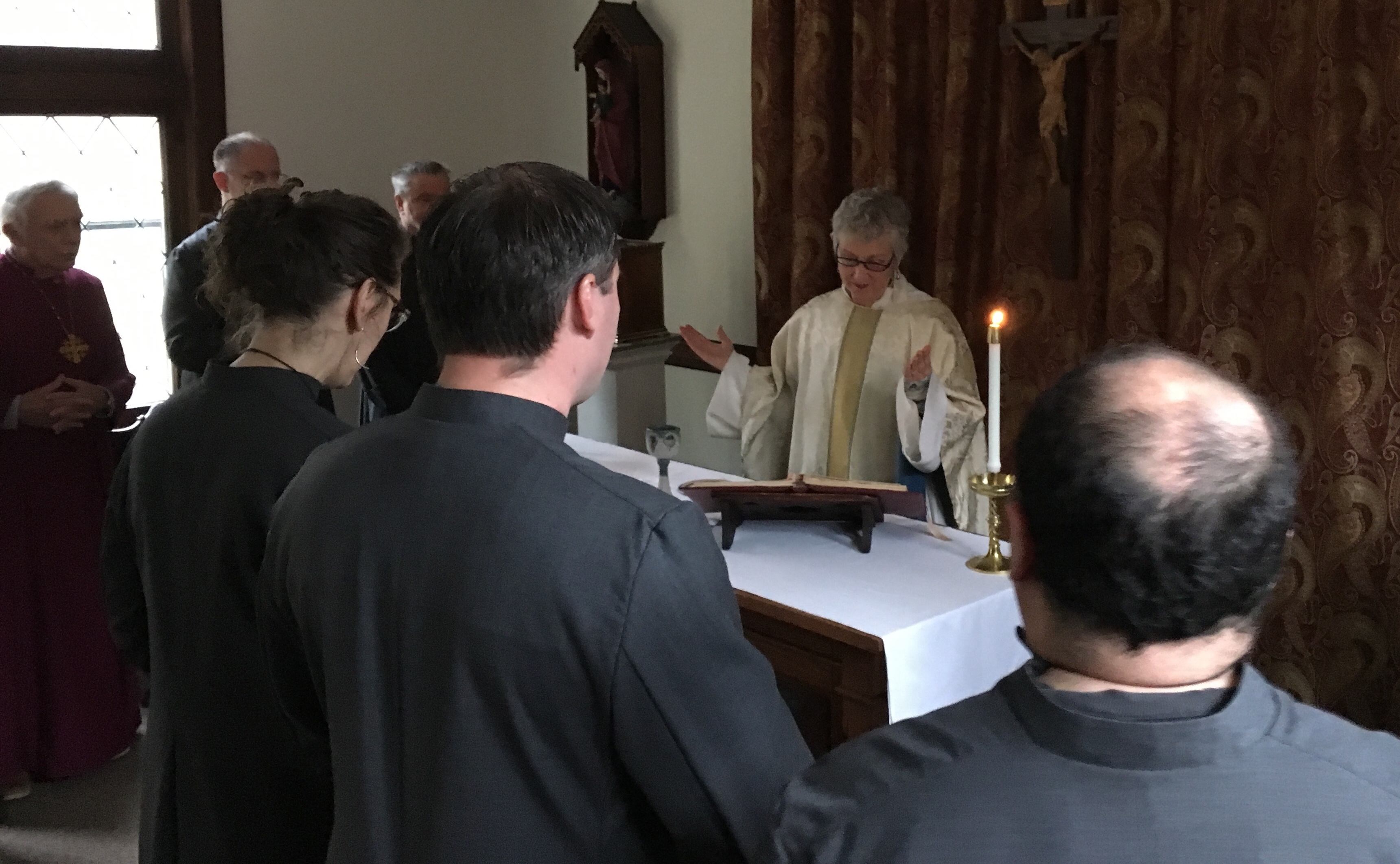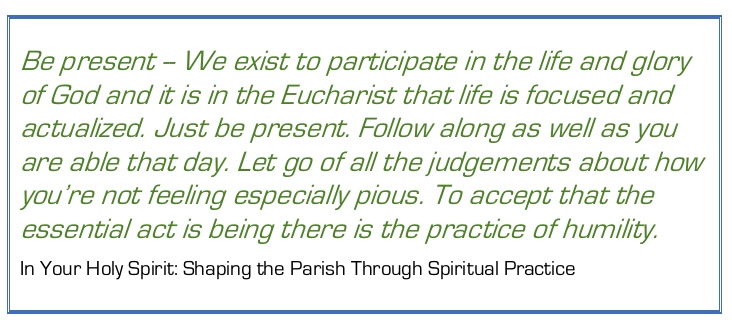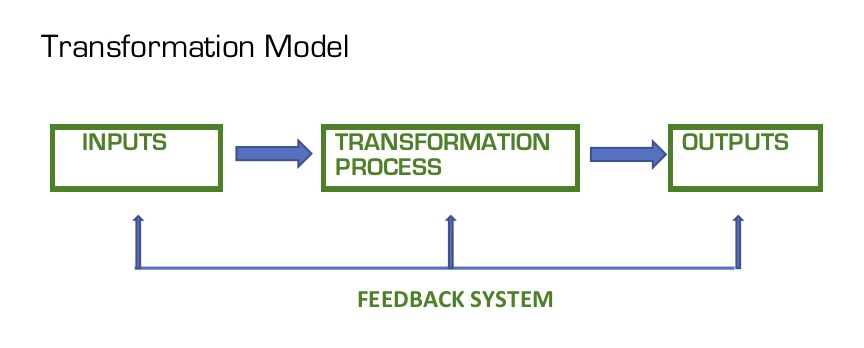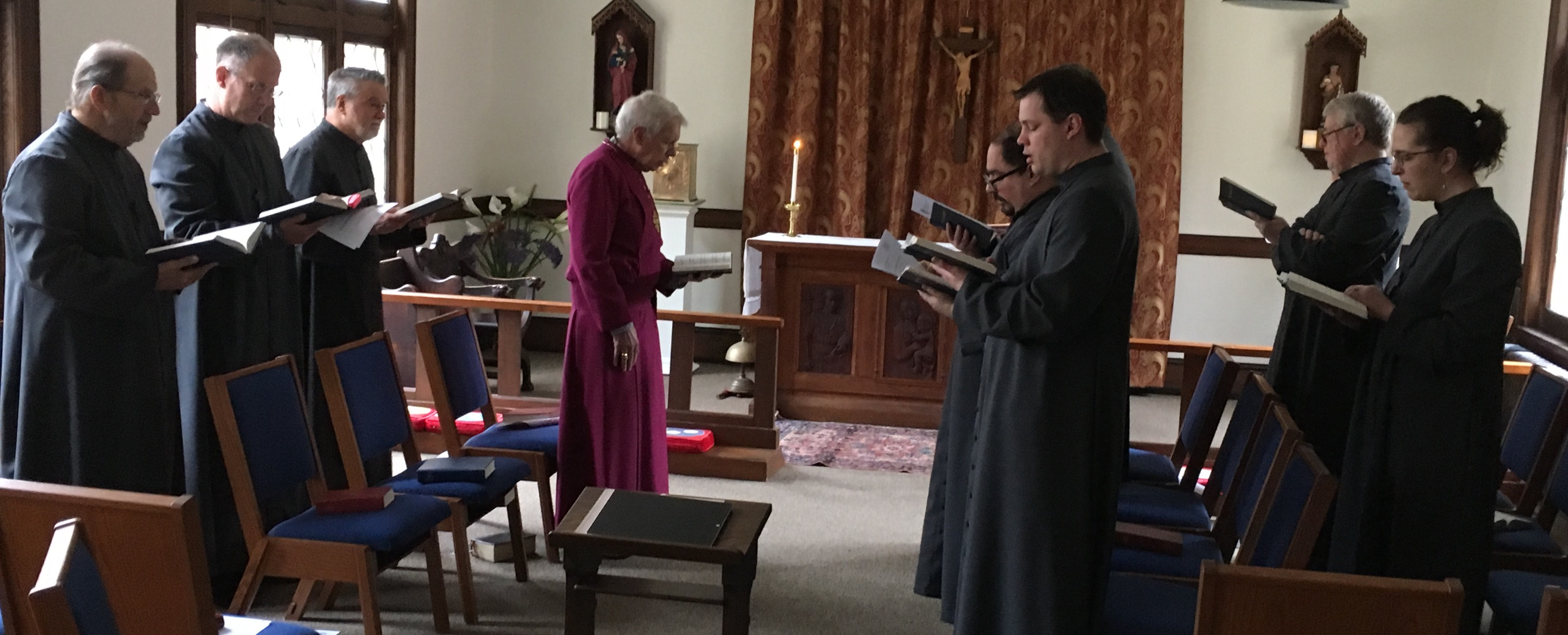The Transformation Model
 Monday, May 21, 2018 at 5:33PM
Monday, May 21, 2018 at 5:33PM  There's an old model used in organization development that may help as you look at ways to improve elements of parish life. It's been used in training and education, pledging campaigns, the development of a stronger liturgical presence for those serving at the altar, the deepening of parish spiritual practice, on-and-on
There's an old model used in organization development that may help as you look at ways to improve elements of parish life. It's been used in training and education, pledging campaigns, the development of a stronger liturgical presence for those serving at the altar, the deepening of parish spiritual practice, on-and-on
It can be seen in the Holy Eucharist. We gather from homes and workplaces. We arrive calm and stressed, happy and sad, scattered and centered, bitter and content. We engage the Mystery, or maybe truer to say the Mystery engages us. Sometimes we are barely present; sometimes we participate with mind, heart and body; and  at times we fully engage. God will make good use even if we are barely present. So we are offered upon the altar. Augustine of Hippo, "It is you who lie upon the altar; it is you, your very life, within the cup." And we are blessed - "Sanctify us also that we may faithfully receive this holy Sacrament, and serve you in unity, constancy, and peace; and at the last day bring us with all your saints into the joy of your eternal kingdom."
at times we fully engage. God will make good use even if we are barely present. So we are offered upon the altar. Augustine of Hippo, "It is you who lie upon the altar; it is you, your very life, within the cup." And we are blessed - "Sanctify us also that we may faithfully receive this holy Sacrament, and serve you in unity, constancy, and peace; and at the last day bring us with all your saints into the joy of your eternal kingdom."
 I was introduced to the model in the early 70's in a year-long organization development training program. It was in my first OD text book by French and Bell. I think the current title is, Organization Development: Behavioral Science Interventions for Organizational Improvement. I've seen in used in non-profits, schools, businesses, and churches. It's one of the models that is foundational if we are to understand how systems work.
I was introduced to the model in the early 70's in a year-long organization development training program. It was in my first OD text book by French and Bell. I think the current title is, Organization Development: Behavioral Science Interventions for Organizational Improvement. I've seen in used in non-profits, schools, businesses, and churches. It's one of the models that is foundational if we are to understand how systems work.
Here's a basic image of the model.

If you do a search on the web you'll find a wide variety of images for the model (try "input transformation output"). Here's a PDF on the model.
The idea is to pay attention to each phase of the model. For example, in the "learn to say the daily office" program Michelle Heyne has offered in a number of parishes you can see each of the elements.
 Input - Attractive advertising to draw interest. Usually quotes from the saints and Anglican spiritual writers. Clarity in the advertising about the process they are being invited into -- a session on learning ways to say the office; say it during that week; return for a second session to reflect on how it went. You want people to come having the information they need and from free choice. You don't want people coming to the session who want to debate the value of the Office or because they have nothing to do that evening. It helps if they enter into it with some desire to learn the practice.
Input - Attractive advertising to draw interest. Usually quotes from the saints and Anglican spiritual writers. Clarity in the advertising about the process they are being invited into -- a session on learning ways to say the office; say it during that week; return for a second session to reflect on how it went. You want people to come having the information they need and from free choice. You don't want people coming to the session who want to debate the value of the Office or because they have nothing to do that evening. It helps if they enter into it with some desire to learn the practice.
Transformation Process - All three phases are part of the transformation process. You help the participants share what they do now. You offer alternative ways of doing the Office. You ask them to use a worksheet to decide what they will do in the coming week. When they return the following week you help them reflect on what they did and what they might want to do it differently going forward. The climate is to be accepting and exploratory. Stress Martin Thornton's idea that we must experiment with spiritual practices to find what fits us.
Output - Those going through that "transformation process" usually report that it helped them acquire the basic knowledge and skill they need to continue using the Daily Office and the stance needed to feel free to adapt that use to their temperament, circumstances and spiritual need.
The model offers a way to plan the phases of an intervention. The failure of many programs in the parish has to do with our failure to have considered what we are doing in each phase. And you seek ways to get feedback on what happens in each phase.
rag+